From dub to techno to ambient, the Zen Delay hardware has proved itself as a sought-after boutique effect instrument. Now there’s a software counterpart, with new modulation and sound design features to match.
I’ve been working with Zen Delay Virtual since early builds. The original hardware team (Erica Synths, Ninja Tune and Matt Black of Coldcut, Liquid Sky and Dr. Walker) have teamed up with software developer Hora Music and Raphäel Hoffman, known for their VCV Rack plug-ins. What you get is a plug-in that replicates the original hardware, but also adds features, including an entirely new modulation page.
Disclosure: I worked with the creators to produce their demo videos. (Send complaints to me; your sounds may be better!) As a result, this isn’t a review. I can provide some details on the plug’s workings, and I expect you’ll see a number of reviews popping up soon. Raphäel has also been great in responding to my comments through the late-stage builds.
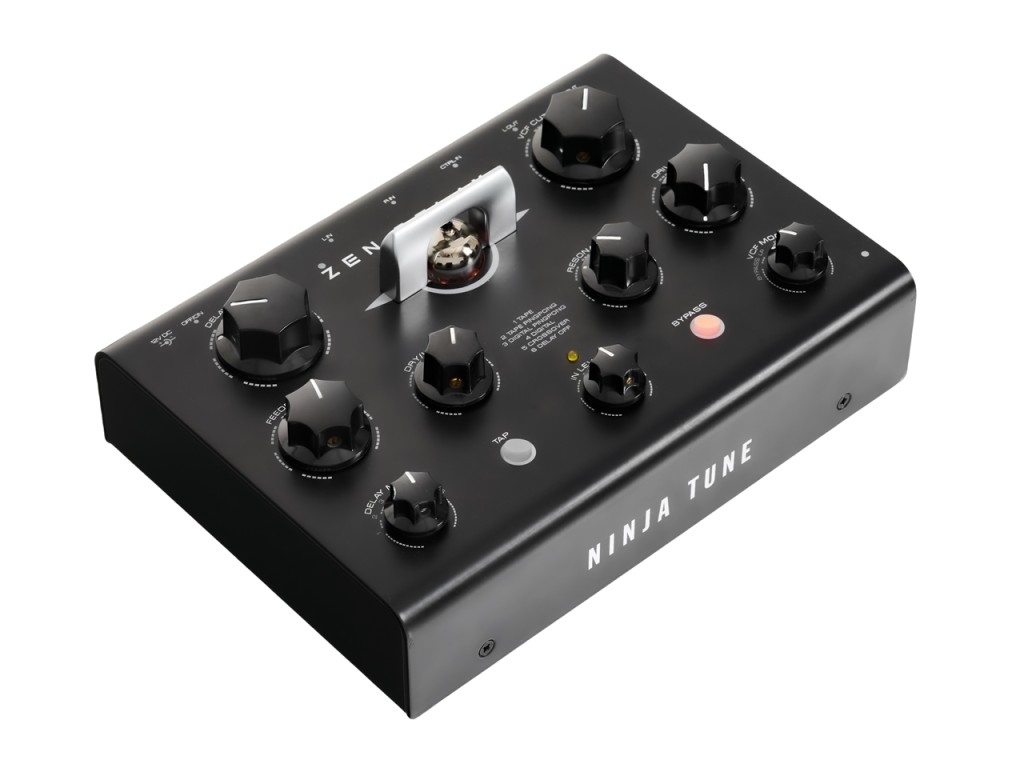
Inspired by hardware
The hardware Zen Delay brief is clear – make a “secret weapon” delay instrument that works across genres and sources. It’s a straightforward design, but then the multi-engine delay and combination of filter, drive, and feedback loop mean you can dial in all kinds of sculpted, morphed, and mangled sounds. And keeping that design focus makes it playable.
Zen Delay Virtual has all those features from the original hardware:
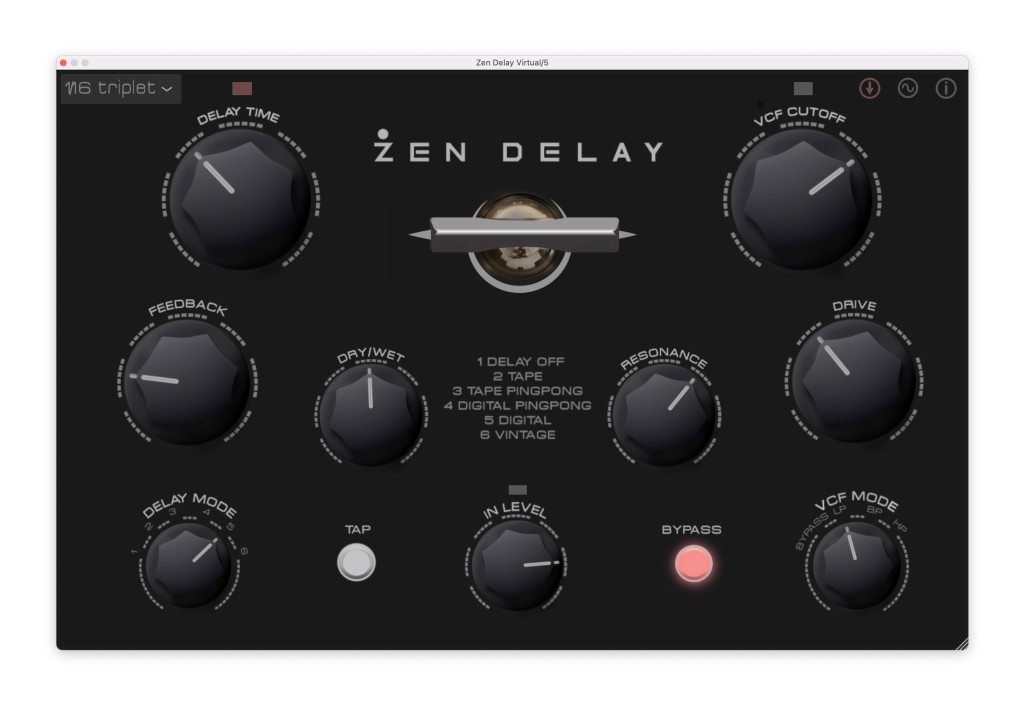
- 1 – 5000 ms delay time with feedback (self-oscillates if you use minimum delay + feedback)
- Stereo delay processing with multiple modes: tape, tape ping pong, digital, digital ping pong, vintage
- Sync with tap tempo and MIDI input
- Valve overdrive
- Multi-mode filter (LP, BP, HP) with 24 dB/oct slope and resonance
- Dry/wet, or switch off the delay and just use the filter and drive, or full bypass
I have the hardware, and crucially I found the behavior of the plug-in really matches the original. That’s especially welcome on the valve overdrive. Even with a lot of overdrive/saturation plug-ins available, I’ve lately been sticking Zen Delay on tracks just to use its drive (since you can switch off the delay).
In addition to the Drive knob, there’s also now an option to enable or disable soft clipping. If you really push the input gain and feed the plug-in a hot source, you’ll get an orange indicator above the IN LEVEL control.
New tools for sound creation
Zen Delay Virtual isn’t just a software emulation, though. There are some significant new features.
There’s an all-new modulation page, each with free and synced modes:
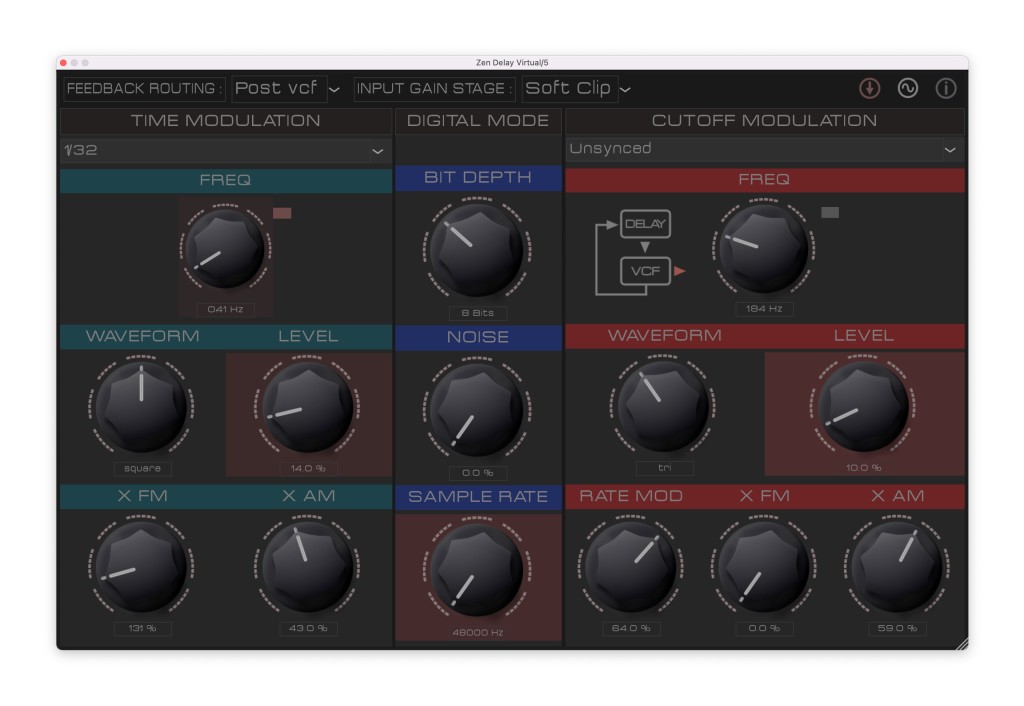
- Multiple modulation waveforms: sine, ramp, saw, triangle, square, pulse, notch, noise, S&H
- Cross modulation of amplitude and frequency
- Time Modulation (delay time)
- Cutoff Modulation (filter)
- In digital modes, bit depth, sample rate, and noise controls
- Modulation of sample rate (also in digital modes)
That already makes the Zen Delay into a new beast. You can dial in choruses and flanging and create all kinds of new animation. You can make drones and produce even more radical sounds.
On top of that page, you also now get more extras:
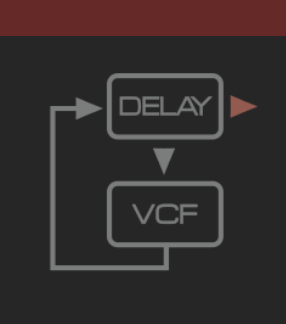
Custom routings. The default hardware routing – delay with feedback, into the filter – is available as “classic.” But in addition, there are two additional options which means far wider sound design options. “Post vcf” inserts the filter into the delay feedback loop, with the output from the filter. “Post vcf 2” does the same, but with the output from the delay. (And there’s a routing diagram on the UI, so you don’t have to remember or even follow what I just said.)
Triplet and dotted rhythms. In sync mode, the original hardware uses a clock division in 1/8-note increments. You now can choose triplet and dotted values.
Clean or clipping. Input gain stage has an option for both Clean and Soft Clip modes.
Preset manager and preset library. Saving your own presets is now possible, but you also get sounds from Hora Music, German producers Mijk van Dijk, Nerk, and Dr. Walker, plus Indian artist Kiss Nuka (Anushka Manchanda).
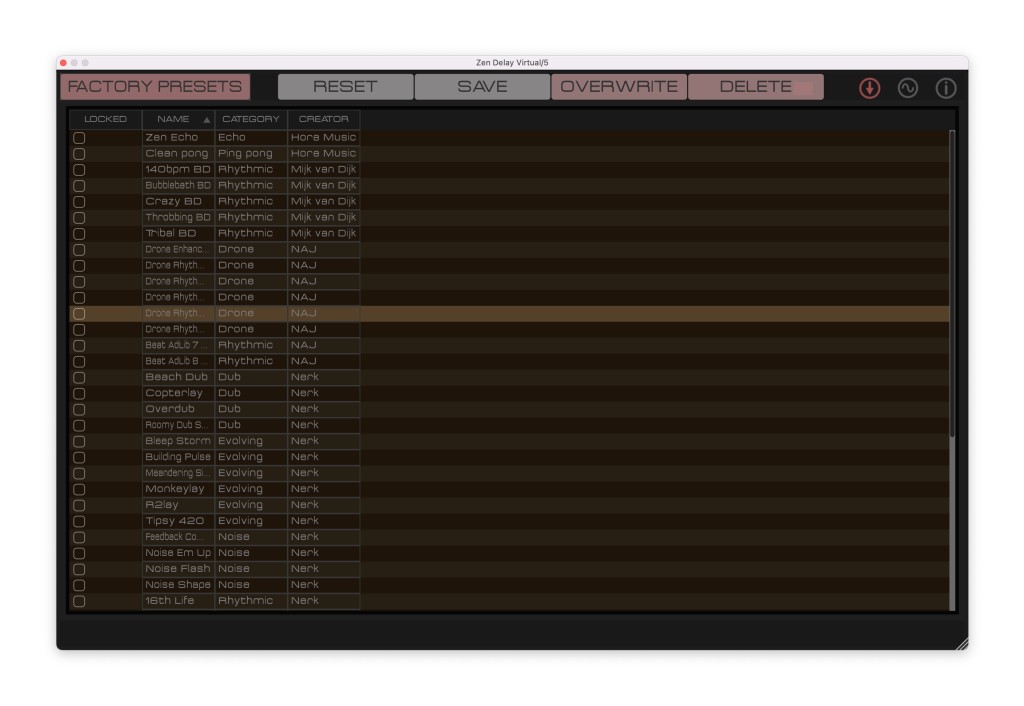
And while tap tempo is still there, add in host sync and all the other benefits of automation and state saving from your DAW or other plug-in host.
Walkthrough and details
Pricing:
149 USD/EUR (plus VAT, where applicable)
Intro price 99 USD/EUR for the first 3 months.
VST3 and standalone (macOS/Windows), AU (macOS)
And the developers say more is planned for this plug-in, too, later this year.
The hardware remains terrific for its tactile feel and computer-free performance. But the software seems a natural extension of its sound philosophy. I’m curious what you’ll think of it.
https://www.ericasynths.lv/shop/software/zen-delay-vst/
And there’s this:
For every license sold, one five-year-old oak tree is planted in the reforestation project by the Liquid Sky artist collective in southern Portugal and will be cared for until the tree can survive by itself.
Addendum
Some notes on sound sources for the videos – i tried to choose instruments and settings that were a bit vanilla, so that you’d hear what the effect adds (which is a lot, even from just turning up Drive). Teaser:
- DrumSynth Kick (plus Sinevibes Rerun to vary the pattern)
- C78 Core Kit Drum Rack from Ableton
- Ableton Operator
Walkthrough:
- AAS Chromaphone 3
- AAS / Ableton Tension
- Roland Cloud TR-707, TB-303